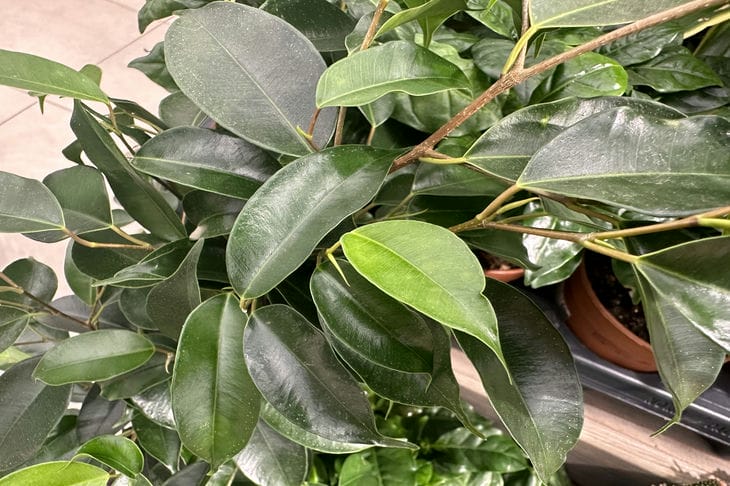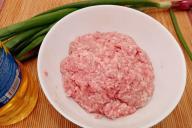Ficus is considered one of the most popular types of indoor plants, distinguished by its decorative qualities and ease of care.
However, even such a hardy plant can begin to shed leaves.
Understanding the causes of this phenomenon and taking proper care measures will help maintain the health and beauty of your ficus.

Changing lighting conditions
One of the main reasons why a ficus sheds its leaves is a change in lighting conditions. Ficus prefer bright, diffused light and do not tolerate sudden changes in lighting.
Moving a plant to a new location, changing light intensity, or even turning the pot can cause stress and leaf drop.
It is important to gradually adapt the plant to the new conditions by moving it in stages or providing additional lighting.
Insufficient watering
Lack of moisture can also cause the leaves to drop. Ficus are sensitive to insufficient watering and require regular soil moistening. However, overwatering is also harmful, as it can cause root rot.
The optimal watering regime includes moistening the soil after the top layer has dried out, but not until it is completely dry.
It is also important to take into account seasonal changes: in winter, the ficus needs less water than in summer.
Overwatering
Overwatering is another common cause of leaf drop in ficus trees.
Excessive moisture causes root rot and disrupts the absorption of nutrients. To avoid this, ensure good drainage and use a pot with drainage holes.
Watering should be done only after the top layer of soil has dried out, and excess water must be removed from the tray.
Change of temperature regime
Sudden temperature fluctuations can stress the ficus and cause leaves to fall off.
Ficus prefer stable conditions with moderate temperatures, avoiding both excessive heat and cold.
The plant should be kept away from drafts and heat sources such as radiators or heaters. The optimal temperature for ficus is 18-24°C.
Nutrient deficiencies
Ficus require regular feeding for normal growth and development. Lack of nutrients, especially nitrogen, phosphorus and potassium, can cause leaf fall.
It is recommended to feed the plant with complex fertilizers every 4-6 weeks during the period of active growth (spring-summer). In autumn and winter the amount of feeding should be reduced.
Pests and diseases
Pests and diseases can also cause ficus to drop leaves. Scale insects, spider mites, mealybugs and other pests can damage the leaves and roots of the plant.
Regular inspections and treatment of the plant with insecticides help to cope with this problem.
Diseases such as root rot and fungal infections require the use of fungicides and repotting the plant in fresh soil.
Transplant stress
Repotting a ficus can cause stress and temporary leaf shedding. Repotting is recommended in the spring when the plant is in the active growth stage.
It is important to choose a pot 2-3 cm larger than the previous one and use fresh, well-drained soil.
After transplantation, the ficus needs several weeks to adapt, so during this period, changes in the conditions of maintenance should be minimized.








